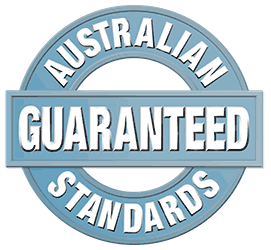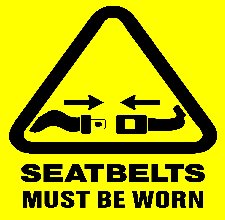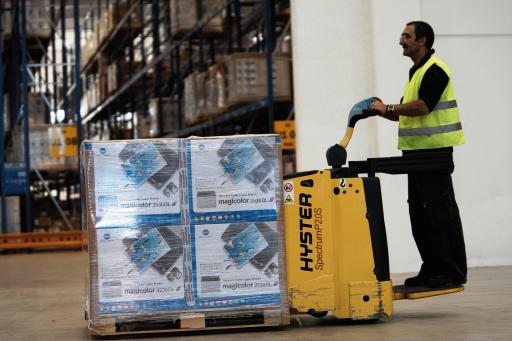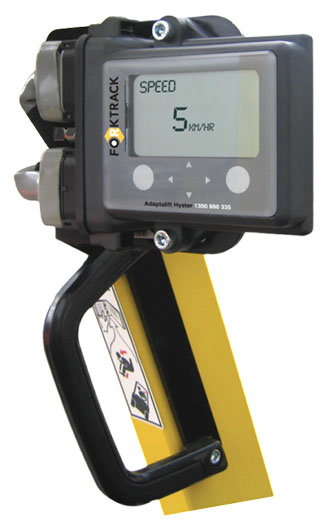Changes to Australian Standards affecting Forklift Manufacturing (AS 2359.6)
This year, a few major changes were made to the Australian Standards of the manufacturing of forklifts. The blog today not only discusses these changes but also when they must be complied with by the forklift manufacturing industry and how you can overcome these changes if you have a forklift which doesn’t comply to the new safety standards.
Standards Australia is Australia’s peak non-government Standards organisation assigned by the Commonwealth Government. The main function of the organisation is to ensure Australian standards are not only contemporary but also internationally aligned. The organisation leads and promotes a respected and unbiased Standards development process ensuring all competing interests are heard, their points of view considered and consensus reached.

Standards Australia produce living documents that reflect progress in science, technology and systems. To maintain their currency, all Standards are periodically reviewed, and new editions are published. Between editions, amendments may be issued. Standards may also be withdrawn.
Major Changes to Forklift Compliance Standards:
Travelling with Mast Elevated
For Australia, the following applies to electric counterbalanced forklifts and reach trucks when travelling with the mast elevated:
The forklift speed shall be reduced to a maximum speed of 3km/h when:
• The mast is above staging for forklifts with a mast with full free lift
• The forks are lifted more than 500 mm from the ground for forklifts with a mast with limited free lift

Operator Restraint
For Australia, the following applies to operator restraints:
• The operator’s seat must have a lateral support device that reduces the risk of entrapment of the operator’s torso between the forklift and the ground in the event of a tip-over, provided the operator wears a properly adjusted lap-type seat belt.
• Whereby seatbelts are fitted, they must be interlocked to prevent the forklift from travel motion unless the seatbelt is buckled. In addition, the seatbelt interlock should include the sequence/logic of the seatbelt switch with a seat pressure switch. The weight of the operator on the seat must be detected prior to the seatbelt switch being engaged. In addition to the seatbelt interlock sequencing, it must be linked to the neutral switch and the handbrake to ensure it is applied before the forklift can be started. The system must be tamper-proof.
The following sequence must be followed otherwise the forklift will not start:
• The operator sits on the seat of the forklift with OPS
• The park brake must be applied and the drive in neutral
• The operator now buckles the seatbelt by ensuring it locks into the receptacle
• Now the operator can start the forklift by releasing the park brake, move into gear and start the ignition

Mast and Carriage Isolation
For ride-on forklifts, mast tilt and carriage movement must not be possible through operation of the primary load-handling control when the operator is not in the normal operating position.

Compliance date:
When does the manufacturer have to comply with the new standards in Australia?
Forklifts manufactured from 26th February 2014 will have to comply with these new requirements.
What can I do if I have a forklift which was manufactured prior to 26th February 2014?
To ensure safety precautions are always at the forefront of your operation, installing safety systems such as ForkTrack should be considered. Intelligent seat/seat belt interlock, operator ID controls, pre-start safety checks, impact detection and impact shutdown are all standard features of ForkTrack.
ForkTrack combines advanced safety features with an unprecedented level of fleet efficiency. ForkTrack also offers reduced fleet running costs, instant monitoring and control, real-time web based reporting, and operator accountability and performance.
